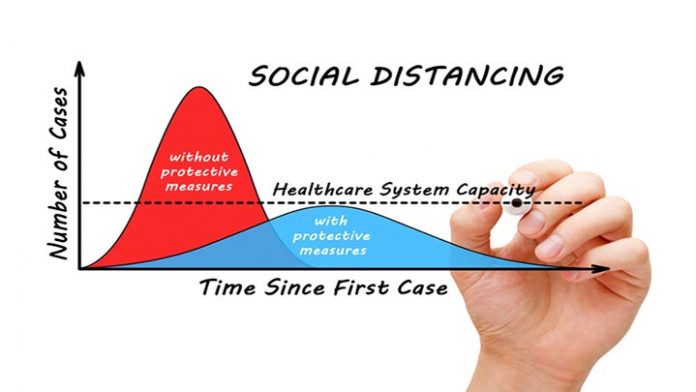Jeremy Sampson, CEO of the Travel Foundation has questioned whether we really want global tourism to go back to business-as-usual. He points out that continuous travel growth, high volumes and small margins, poor investment in infrastructure, and little regard for the needs of residents and the environment is even less compelling given the risks that will remain post COVID-19. He calls for stronger destination management, focusing first on community needs. This could impact medical travel volumes.
Before the global pandemic, an increasing number of countries and cities were increasingly concerned about the effects of over-tourism and doubted that travel numbers could keep growing.
Several countries and cities that are medical tourism hotspots were among those worried about excessive numbers.
Jeremy Sampson of the Travel Foundation has recently stated that travel should not return to where it was. “We must put communities where they belong in the recovery process: at the centre. There has been plenty of speculation about the future of the travel trade. More attention is being given to how best to engineer a recovery, against the likely backdrop of an imminent worldwide recession. Nobody knows exactly what recovery will look like, but I am confident that travel will have a leading role.”
“We desperately want things to get back to normal when this crisis finally ends, and there will be a rush to do that once restrictions are lifted. But do we really want to go back to business-as-usual? That old reality – continuous growth, high volumes and small margins, poor investment in infrastructure, with scant regard for the needs of residents and the environment is even less compelling given the risks that will remain present long after the current situation is behind us: future pandemics, geo-political uncertainty, dwindling resources and, climate change.”
The Travel Foundation report with Cornell University and EplerWood International, “Destinations at Risk: The Invisible Burden of Tourism”, describes in some detail how tourism is built on a shaky foundation, that could crack under its own weight. While issues of over-tourism and unchecked growth may now seem a distant memory, the weight of tourism will return, and with it, renewed pressure on destinations struggling to cope or trying to figure out what their own growth trajectory may look like.
Sampson continues; “The task of rebuilding tourism gives us a once-in-a-generation opportunity to rebalance it. It doesn’t make sense to go backwards to the previous paradigm, with a focus on ever-growing visitor numbers and tourism receipts, while the needs of local communities were poorly served. Now, we can make a choice to put those communities and the resources they depend on at the heart of recovery planning. This will help to revive local economies quickly, which has to be the priority before visitors can return in any number, and is the only way to create more resilient supply chains and more diverse and inclusive products and services”
“We need stronger destination management which serves, first and foremost, the needs of residents and enables real collaboration with companies and other stakeholders on a shared agenda. To do this will require significant behaviour changes. Stronger destination management will need a new mandate based on community engagement; new skills and data to understand tourism’s full impact; new tools to develop local small and medium enterprise capacities and inclusive procurement practices; new ideas and levers to manage how the visitor economy grows. And most importantly, new finance mechanisms will be required to protect destination assets and invest in new products as well as sustainable infrastructure.”
The Travel Foundation is working on the next phase of the Invisible Burden partnership with Cornell, EplerWood International, and PATA to address the destination management skills gaps with a new online training course and other activities. It is forging further partnerships and collaboration across the public, private and third sectors to support destinations in their recovery and to share knowledge and tools for the common good.
One frequent criticism of medical tourism has been that it focuses healthcare resources on travellers rather than locals; and the aftermath of the pandemic will make countries look again at the balance between the two. Does medical tourism help or hinder advances in local healthcare?








 ©2024 All rights reserved LaingBuisson
©2024 All rights reserved LaingBuisson 


